curated.

Issue No. 15 | March 2024
This Issue
3 - Featured Designer
Tracy Perk
4 - Fabric Collecton
Whispering Lilies
6 - Artcle
Overcoming Creative Blocks: A Guide for Quilters
10 - Fabric Collection
Antoinette
14 - Deals
Sewing Furniture Sales
15 - Article
From Data to Design: Creating a Meaningful Temperature Quilt from Climate Information
18 - Deals
Sewing Machine & Accessories Sales
19 - Fabric Collection
Old Glory
28 - Artcle
Quilt to Heal: How Quilting Can Impact Mental and Physical Health
30 - Fabric Collection
Quilting Is My Voice
34 - Fabric Collection
Blessed by Nature
36 - SewEndpitous® Desgns
Free Online Digital Jigsaw Puzzles
37 - Fabric Collection
Collections Coming Soon
38 - Precuts
Explore a variety of fabric precuts we offer online and in the shop


39 - Article
A Guild to Overcoming Perfectionism in Quilting
Featured Designer
Tracy Perk Rope and Anchor Trading Co.
I’m the face and name behind Rope & Anchor Trading Co. Limited. I have a huge passion for quilting and textile arts, and just can’t get enough of sewing and playing about with fabrics.
I live in the United Kingdom, South East, on our narrowboat with my husband and two dogs.
I have my very own floating studio, called The Little Boat, where I create my quilting designs, stitch, baste and quilt. I also run online workshops on how to free motion embroider, how to create a snippet roll and shabby chic junk journal covers.
If you have any questions about creating in a small space, my quilt designs, free motion embroidery kits, snippet rolls or online workshops then please ask away.

Learn more about Tracy
Coming Soon to SewEndipitous
Whispering Lilies
In the world of flowers, the family of Lilies holds surprises! This flower was spotted by designer Jackie Robinson in a lovely garden on her travels to Lisbon. Jackie fell in love at first sight with these beautiful blooms, and immediately started planning this collection. Whispering Lilies features the African Lily as a large scale allover and a lovely stripe, perfectly spaced to be used as a binding as well as the border. Coordinates in four values and a happy medley of ferns round out this fabric collection in Jackie’s signature style. These Lilies really do whisper to each other in the breeze.



Manufacturer: Benartex Fabrics
Description: 100% Cotton
Type: 44"- 45" Wide
Designer: Jackie Robinson
Group Name: Whispering Lilies
Theme: Florals



WHISPERING LILIES
FERN MEDLEY IVORY 16228-07
BLACK 16226-12
IVORY 16226-07
FERN MEDLEY
BLACK 16228-12
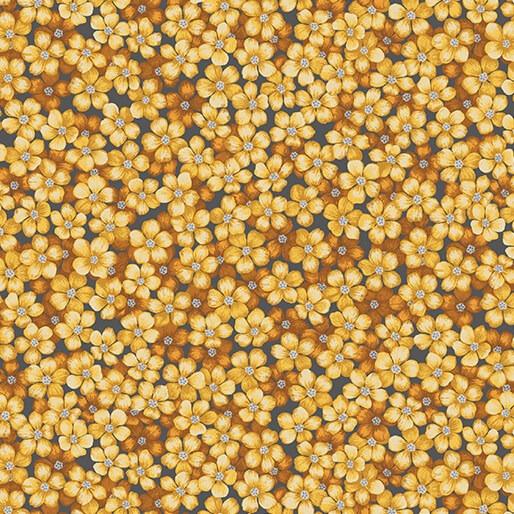













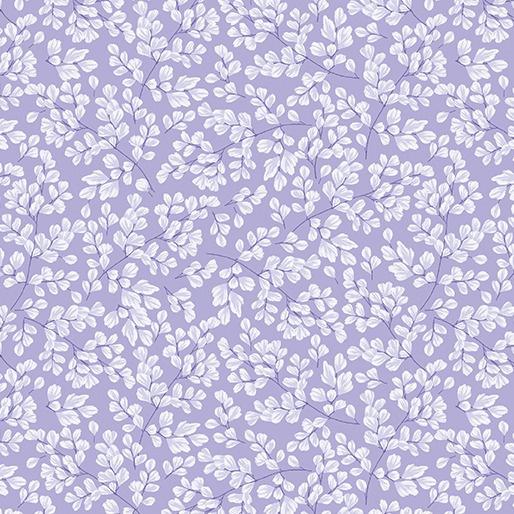
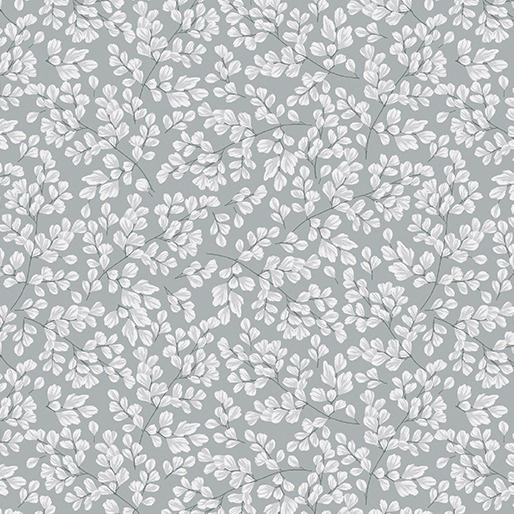
 FORGET ME NOT GOLD 3278-32
JACKIE SCROLL LIGHT PURPLE 3627-06
FERN WHISPER MEDIUM YELLOW 16229-34
WHISPER PETALS GREEN 16230-44
FORGET ME NOT LILAC 3278-62
JACKIE SCROLL IVORY GREY 3627-07
FERN WHISPER LEAF 16229-42
WHISPER PETALS YELLOW 16230-33
JACKIE SCROLL LIGHT YELLOW 3627-03
JACKIE SCROLL LIGHT GREY 3627-08
FERN WHISPER MEDIUM PURPLE 16229-64
WHISPER PETALS PURPLE 16230-63
JACKIE SCROLL LIGHT GREEN 3627-04
FERN WHISPER MEDIUM GREY 16229-14
WHISPER PETALS GREY 16230-13
FORGET ME NOT GOLD 3278-32
JACKIE SCROLL LIGHT PURPLE 3627-06
FERN WHISPER MEDIUM YELLOW 16229-34
WHISPER PETALS GREEN 16230-44
FORGET ME NOT LILAC 3278-62
JACKIE SCROLL IVORY GREY 3627-07
FERN WHISPER LEAF 16229-42
WHISPER PETALS YELLOW 16230-33
JACKIE SCROLL LIGHT YELLOW 3627-03
JACKIE SCROLL LIGHT GREY 3627-08
FERN WHISPER MEDIUM PURPLE 16229-64
WHISPER PETALS PURPLE 16230-63
JACKIE SCROLL LIGHT GREEN 3627-04
FERN WHISPER MEDIUM GREY 16229-14
WHISPER PETALS GREY 16230-13
LEAF MULT 16227-45 LILIES 5
WHISPERING

OVERCOMING CREATIVE BLOCKS A GUIDE FOR QUILTERS
by: Steve Baker, SewEndipitous
Quilting is a creative and therapeutic activity that requires a lot of imagination and skill However, quilters can sometimes experience a creative block like any other creative endeavor This can be frustrating, especially when you're eager to start a new project but can't find the inspiration Writers are known for "writer's block," quilters can experience the same obstacles Here are some tips to help you overcome this hurdle and get back to creating beautiful quilts and patterns.
6 ARTICLE
TAKE A BREAK
Sometimes, the easiest solution is the best solution So, the best thing to do when experiencing a creative block is to step away from your project This can help clear your mind and relieve stress You might find that you have a fresh perspective and new ideas when you return to your project
1
The Science Behind Breaks: Scientific studies have shown that taking breaks can significantly improve creativity and productivity When we take a break, our brain shifts into a default mode network associated with daydreaming, imagination, and creativity. This shift can spark new ideas and perspectives, which is particularly beneficial for quilters looking for fresh inspiration.
2.
Scheduled Breaks: Scheduled breaks can be a great way to ensure you're giving your mind the rest it needs. Try implementing the Pomodoro Technique, where you work for 25 minutes and then take a 5-minute break. This method can help maintain high creativity without leading to burnout
3
Break Activities: What you do during your breaks can also influence your creativity Walking, meditating, or even doing a different creative task can stimulate your brain and help you return to your quilting project with a fresh perspective
4
Longer Breaks: Sometimes, more than a short break might be needed, especially if you're feeling particularly stuck Taking an extended break, like a day or even a week, can help in such cases During this time, engage in activities that you enjoy and relax This can help reset your creative energy
5
Breaks and Skill Improvement: Breaks can also provide an opportunity to improve your quilting skills. Use this time to learn a new technique, explore different quilting styles, or study the work of other quilters. This can enhance your skills and provide new inspiration for your projects.
FIND INSPIRATION
Look for inspiration in the world around you. This could be in nature, architecture, fashion, or even everyday objects' patterns. You can also find inspiration in quilting books, magazines, and online platforms like Pinterest and Instagram.
1
Exploring Nature: Nature is a vast source of inspiration The colors, patterns, and textures found in
1
Exploring Nature: Nature is a vast source of inspiration The colors, patterns, and textures found in the natural world can spark new ideas for your quilting projects Take a walk in a park, visit a botanical garden, or observe the changing seasons from your window
2 Reading Books and Magazines: Books and magazines about quilting can offer a wealth of ideas. They can introduce you to new techniques, patterns, and color combinations. Reading fiction or non-fiction can stimulate your imagination and lead to unique quilt designs. You may discover a new theme you can translate into your next project.
Visiting Art Galleries and Museums: Art galleries and museums are treasure troves of inspiration Observing different art forms can stimulate creativity and provide fresh perspectives for your quilting designs.
3. Joining Quilting Communities: Joining a quilting community, online or in person, can be a great source of inspiration Sharing ideas and experiences with fellow quilters can help you overcome creative blocks
4 Attending Quilting Workshops: Workshops provide hands-on experience and allow you to learn from experts They can introduce you to new techniques and provide feedback on your work, helping you improve and find inspiration
6
5 Experimenting with Different Materials: Refrain from limiting yourself to traditional quilting materials Experimenting with fabrics, threads, and embellishments can lead to unique and inspiring designs.
EXPERIMENT WITH NEW TECHNIQUES
Trying out new quilting techniques can help spark your creativity. This could be a new stitching method, a different type of fabric, or a unique pattern. Don't be afraid to step out of your comfort zone - that is where the biggest and bestest (yes, bestest!) ideas live!
1.
The Power of Experimentation: Experimentation is a powerful tool in any creative endeavor. It allows you to break free from routine, explore new ideas, and discover unexpected solutions Quilting could mean trying a new stitching technique, experimenting with different fabric types, or even playing with unconventional quilt designs, as we mentioned previously
2
Benefits of Trying New Techniques: Trying new techniques can help you overcome creative blocks in several ways: It can provide a fresh perspective,
7 OVERCOMING CREATIVE BLOCKS: A GUIDE FOR QUILTERS
2
different fabric types,
unconventional quilt designs, as we mentioned previously
3
provide a fresh perspective and spark creativity, helping quilters overcome their creative blocks
OVERCOMING CREATIVE BLOCKS: A GUIDE FOR QUILTERS
Benefits of Trying New Techniques: Trying new techniques can help you overcome creative blocks in several ways: It can provide a fresh perspective, helping you to see your work in a new light It can challenge your skills and push you out of your comfort zone, which can be incredibly stimulating and rewarding It can open up a whole new world of possibilities, inspiring you to create quilts or patterns you never thought possible.
3.
How to Start Experimenting: If you need help figuring out where to start, consider attending a quilting workshop or class. These can provide a safe and supportive environment for you to try new techniques and receive feedback. Alternatively, you could look for online tutorials or books on different quilting techniques. Remember, the goal is not to perfect a new technique immediately but to explore and learn
4
Embracing Mistakes: When experimenting with new techniques, it's important to embrace mistakes They are an inevitable part of the learning process, often leading to unexpected and beautiful results So, don't be discouraged if your first few attempts don't turn out as planned Instead, see each mistake as an opportunity to learn and grow
JOIN A QUILTING GROUP
Joining a quilting group or community can provide a wealth of inspiration You can share ideas, get feedback, and learn from other quilters Plus, it's a great way to make friends who share your passion
1
The Power of Community: Quilting groups, also known as quilting guilds or clubs, are communities of individuals who share a common interest in quilting These groups provide a platform for quilters to share ideas, learn new techniques, and gain inspiration from each other's work. The collective wisdom and diverse perspectives within these groups can help quilters break free from their creative rut. You'll quickly learn there is no other group like quilters, who are all about sharing and giving!
Inspiration from Others: Seeing the work of other quilters can be a great source of inspiration Quilting groups often hold exhibitions or 'show and tell' sessions where members can showcase their work. These events can provide fresh ideas and stimulate creativity, helping quilters to move past their creative blocks.
4.
Feedback and Constructive Criticism: Quilting groups provide a safe and supportive environment for quilters to share their work and receive feedback. Constructive criticism from fellow quilters can help identify areas of improvement and stimulate new ideas, thereby helping overcome creative blocks
5
Emotional Support: Creative blocks can often lead to frustration and self-doubt Being part of a quilting group provides emotional support during these challenging times The camaraderie and understanding within these groups can help quilters maintain their motivation and confidence, which is crucial for overcoming creative blocks
6
Your Favorite Local Quilt Shop: If your quilt shop is good, they will offer all the opportunities above, and a great staff can often help you discover the ideas needed to break through your creative barrier
ATTEND QUILTING WORKSHOPS
If joining a group is too social for you, you can find many of the same solutions in a workshop or two without a longterm commitment. Workshops can provide new skills and techniques to help you overcome your creative block. Plus, they offer the opportunity to meet and learn from experienced quilters in shorter time blocks and provide many benefits for quilters struggling through creativity blocks.
1.
Learning New Techniques: Quilting workshops often focus on teaching new techniques. This can range from different stitching methods to innovative ways of pattern-making Learning these new skills can help quilters break out of their comfort zones and overcome creative blocks
3
Learning New Techniques: Quilting groups often organize workshops and demonstrations where members can learn new techniques These can range from traditional patchwork methods to modern quilting styles Learning these new techniques can provide a fresh perspective and spark creativity, helping quilters overcome their creative blocks
2. Inspiration from Others: Seeing the work of other quilters can be a great source of inspiration Quilting groups often hold exhibitions or 'show and tell' sessions where members can showcase their work
3
2 Expert Guidance: Workshops are usually led by experienced quilters who can provide valuable insights and advice They can help quilters troubleshoot problems, refine their techniques, and push their creative boundaries
4.
Inspiration from Others: Being in a room of fellow quilters can be incredibly inspiring Seeing the work of others can spark new ideas and help quilters see their own work from a different perspective
Community Support: Quilting can sometimes be a solitary activity. Attending workshops allows quilters to become part of a community if you're not opposed
8
or even playing
with
1.
Community Support: Quilting can sometimes be a solitary activity. Attending workshops allows quilters to become part of a community if you're not opposed to the "people-ing" aspects. This sense of belonging can boost confidence and motivation, helping quilters overcome creative blocks
2
Hands-On Practice: Unlike online tutorials or books, workshops provide hands-on experience This practical approach can help quilters master new techniques faster and more confidently
KEEP A QUILT JOURNAL
Keeping a journal of your quilting projects can help you track your progress and identify patterns in your creative blocks You can jot down ideas, sketches, and notes about each project
1
Documenting Ideas: A quilt journal can serve as a repository for all your quilting ideas Whenever inspiration strikes, you can jot it down in your journal This practice ensures that you always have an idea and can revisit it when you're facing a creative block
2.
Experimenting with Designs: A quilt journal allows you to experiment with different quilt designs, color schemes, and patterns. By sketching out your ideas, you can visualize how they might look in a finished quilt. This process can spark creativity and help you move past any creative blocks.
3.
Reflecting on Progress: By documenting your quilting journey, a quilt journal allows you to reflect on your progress. Seeing how far you've come can boost your confidence and motivate you to overcome creative hurdles
4
Expressing Thoughts and Feelings: Quilting can be an emotional process A quilt journal provides a safe space to express your thoughts and feelings about your projects This emotional outlet can help alleviate stress and anxiety, which are often contributors to creative blocks
PRACTICE MINDFULNESS
Practicing mindfulness can help clear your mind and boost your creativity This could be through meditation, yoga, or simply taking a few minutes each day to relax and focus on your breathing
A. How Mindfulness Can Help Quilters:
your breathing
1 OVERCOMING CREATIVE BLOCKS: A GUIDE FOR QUILTERS
A. How Mindfulness Can Help Quilters:
1
Reducing Stress and Anxiety: Quilting can sometimes become stressful, especially when struggling with a complex pattern or a creative block Mindfulness can help manage this stress, promoting a calm mind, which is more conducive to creativity
2
Enhancing Focus: Mindfulness helps enhance focus and concentration By practicing mindfulness, quilters can improve their ability to concentrate on the task at hand, allowing for more precise stitching and pattern creation
4.
Boosting Creativity: Mindfulness clears the mind, allowing for the free flow of ideas. This can help quilters develop new designs and patterns, effectively overcoming creative blocks.
3. Increasing Enjoyment: By being fully present in the moment, mindfulness can help quilters genuinely enjoy the creation process, making quilting more fulfilling and enjoyable.
B. Practicing Mindfulness for Quilting:
Here are some ways quilters can incorporate mindfulness into their routine:
1 Mindful Observation: As you quilt, pay close attention to the details Notice the fabric's feel, the threads' color, and the sewing machine's sound This can help keep you grounded in the present moment
Mindful Breathing: Before starting a quilting session, take a few minutes to practice mindful breathing This can help clear your mind and prepare you for the task ahead
2 Mindful Breaks: Take short breaks during your quilting session to practice mindfulness. This can help refresh your mind and lead to new creative insights.
3 Creative blocks can be frustrating, but they're a normal part of the creative process - any creative process! With these tips, you can overcome your creative blocks and create beautiful quilts and patterns.
Remember, the most important thing is to enjoy the process and not put too much pressure on yourself Put on your craziest comfy clothing, pop in some great music, get your favorite drink and snacks, and get creative! It's all about your mindset, and sometimes, the simple act of doing something different or doing the same thing differently might be all you need to break out of the creative rut and stitch your way back to visionary status!
p y g
y
Reducing Stress and Anxiety: Quilting can sometimes become stressful, especially when struggling with a complex pattern or a creative block Mindfulness can help manage this stress, promoting a calm mind, which is more conducive to creativity. 9
Antoinette
The Antoinette Collection has all the small florals and botanical prints that I imagine were used to decorate Marie Antoinette’s bedrooms at Petit Trianon, her private estate located just a stone's throw from Chateau de Versailles. Filled with soft shades of blue, grey, pearl and faded red, this palette makes up a very pretty, soft collection that feels modern with historical inspiration.



Manufacturer: Moda Fabrics
Description: 100% Cotton
Type: 44"- 45" Wide
Designer: French General
Group Name: Antoinette
Theme: Vintage/Florals



ANTOINETTE
SMOKE 13951 12
CIEL BLUE 13951
13
PEARL 13951 11
FADED RED 13951 15





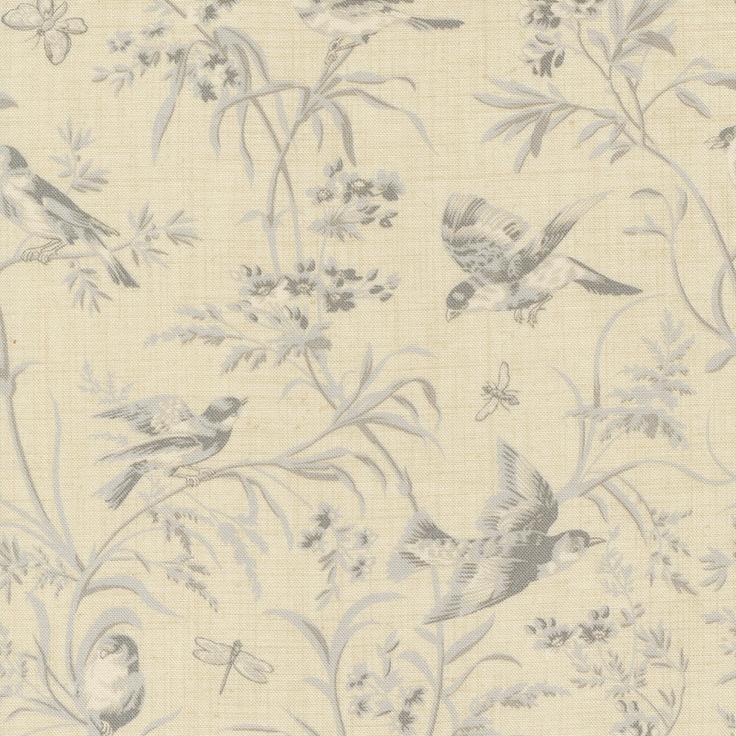





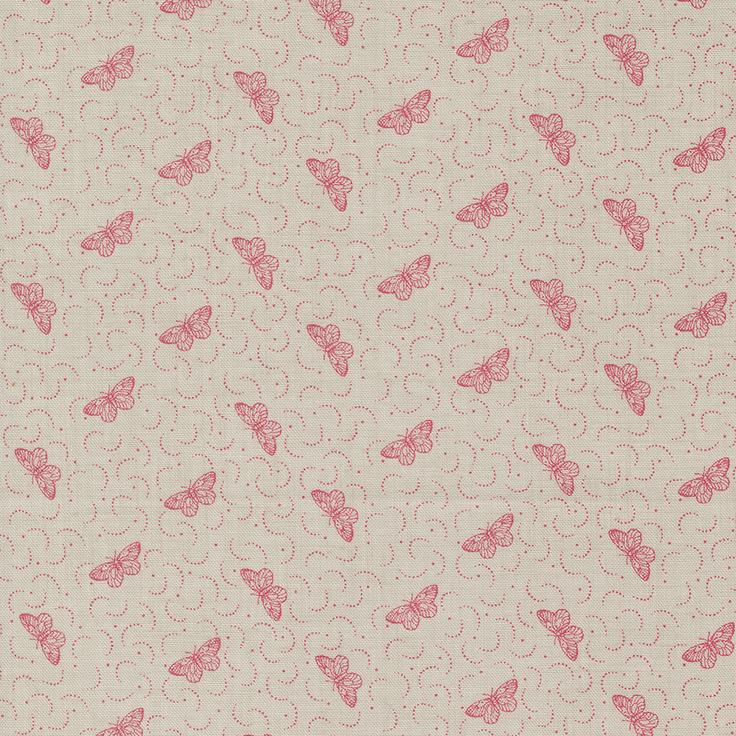

 PEARL FADED RED 13950 11
PEARL 13952 11
PEARL FRENCH BLUE 13954 12
CIEL BLUE 13950 14
SMOKE 13952 12
SMOKE 13954 13
FADED RED 13950 16
CIEL BLUE 13952 13
PEARL ROCHE 13954 18
PEARL ROCHE 13950 18
FRENCH BLUE 13952 14
PEARL FADED RED 13950 11
PEARL 13952 11
PEARL FRENCH BLUE 13954 12
CIEL BLUE 13950 14
SMOKE 13952 12
SMOKE 13954 13
FADED RED 13950 16
CIEL BLUE 13952 13
PEARL ROCHE 13954 18
PEARL ROCHE 13950 18
FRENCH BLUE 13952 14
ANTOINETTE 12
FRENCH BLUE 13951 14



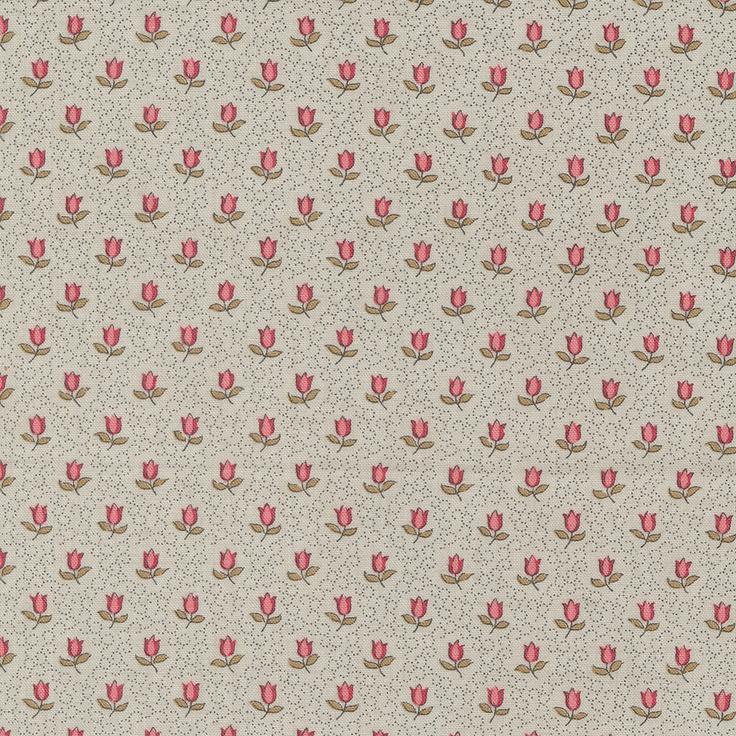

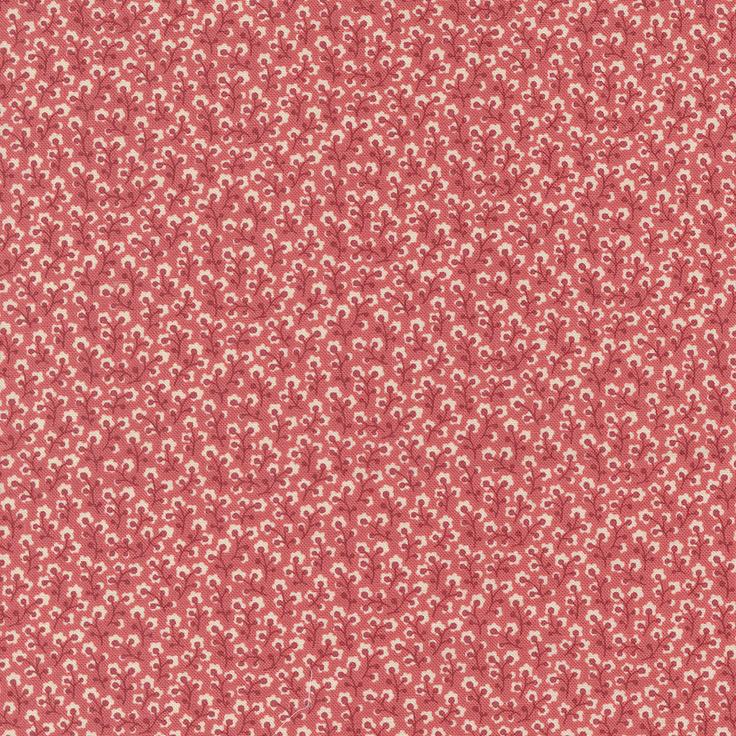




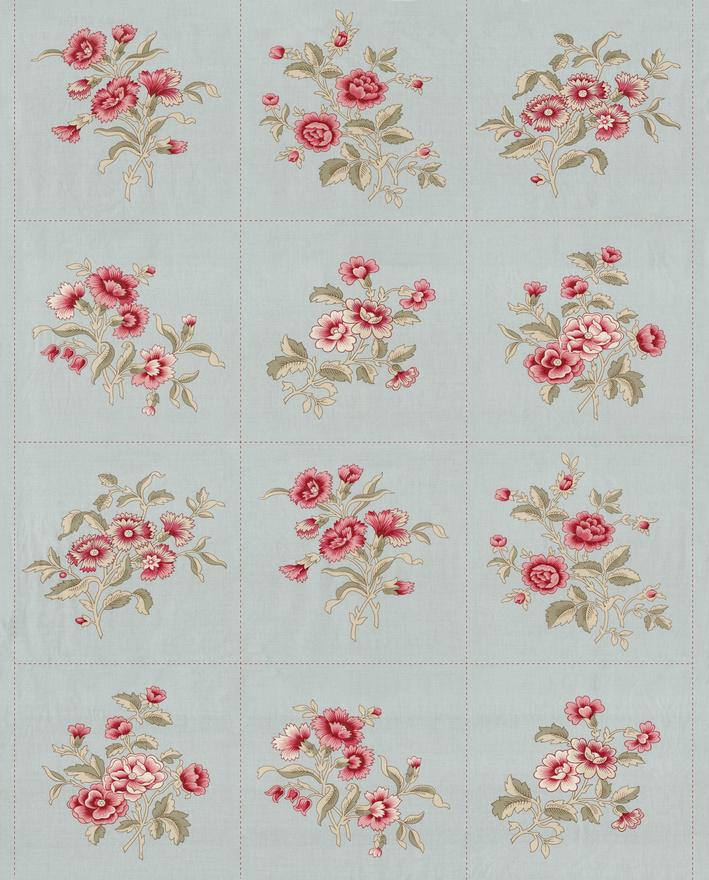
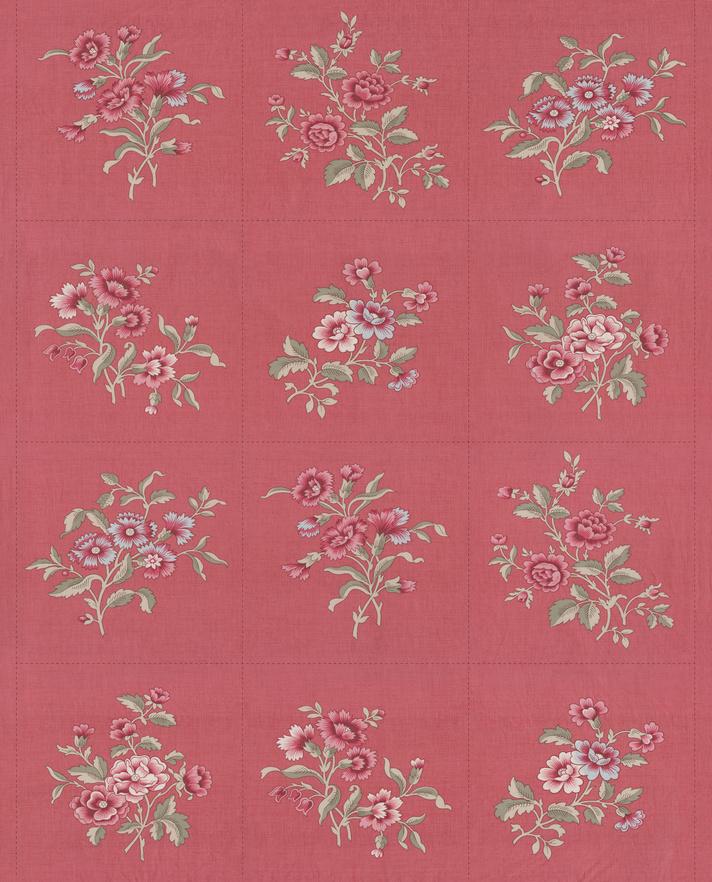
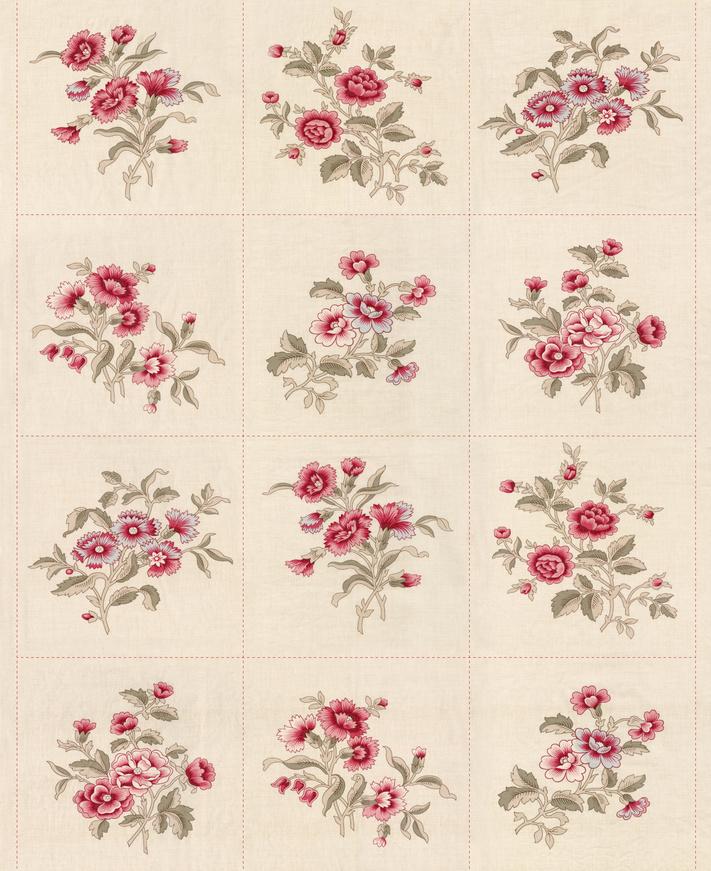 PEARL 13955 11
FADED RED 13956 17
PEARL ROCHE 13957 18
PEARL FRENCH BLUE 13955 12
PEARL ROCHE 13956 19
44" X 36" PANEL CIEL BLUE 13958 13
SMOKE 13955 13
PEARL FADED RED 13957 11
44" X 36" PANEL FADED RED 13958 15
FRENCH BLUE 13956 15
PEARL FRENCH BLUE 13957 12
PEARL 13955 11
FADED RED 13956 17
PEARL ROCHE 13957 18
PEARL FRENCH BLUE 13955 12
PEARL ROCHE 13956 19
44" X 36" PANEL CIEL BLUE 13958 13
SMOKE 13955 13
PEARL FADED RED 13957 11
44" X 36" PANEL FADED RED 13958 15
FRENCH BLUE 13956 15
PEARL FRENCH BLUE 13957 12
ANTOINETTE 13
44" X 36" PANEL PEARL 13958 11




SEWING FURNITURE DEALS 14

FROM DATA TO DESIGN
CREATING A MEANINGFUL TEMPERATURE QUILT FROM CLIMATE INFORMATION
by: Steve Baker, SewEndipitous
Temperature Quilts, a unique blend of art, craft, and science, have a fascinating history that is as colorful as the quilts themselves These quilts, which visually represent temperature data in a tactile and aesthetic form, have their roots in the long-standing tradition of quilting but with a modern twist
The concept of Temperature Quilts emerged in the 21st century, a testament to the innovative spirit of the quilting community The idea was born out of a desire to find new and creative ways to visualize data and connect with the natural world If we had to guess, there was a quilter out there who needed inspiration for their next project, and what a wonderful one this turned out to be! Quilters began to record daily temperatures and translate them into a color-coded system, which was then incorporated into a quilt design This allowed them to create a tangible record of a year's weather patterns, resulting in a beautiful and meaningful piece of art
8 ARTICLE 15
what a wonderful one this turned out to be! Quilters began to record daily temperatures and translate them into a color-coded system, which was then incorporated into a quilt design. This allowed them to create a tangible record of a year's weather patterns, resulting in a beautiful and meaningful piece of art.
The first Temperature Quilts were simple in design, often using a basic block pattern with each block representing a day's temperature However, as the concept gained popularity, quilters began experimenting with more complex patterns and designs, incorporating additional weather data such as rainfall or snowfall and personal data such as mood or health
The rise of social media platforms like Instagram and Pinterest in the late 2000s and early 2010s played a significant role in the spread and evolution of Temperature Quilts. Quilters worldwide began to share their creations online, inspiring others to start their own temperature quilting projects and contributing to a global community of Temperature Quilters.
Today, Temperature Quilts are more than just a creative outlet They are a form of personal expression, a way to connect with the environment, and a tool for raising awareness about climate change As we continue to navigate the challenges of the 21st century, Temperature Quilts remind us of the beauty and fragility of our world and the power of art to communicate complex ideas in a simple and accessible way
WHY MAKE A TEMPERATURE QUILT
.01
.02
CREATIVE CHALLENGE MINDFULNESS AND CONNECTION
Making a temperature quilt can be a fun and engaging project for both beginner and experienced quilters It challenges your creativity as you must choose colors representing different temperature ranges and design a pattern that will showcase the year's temperature fluctuations
.03
.04 PERSONALIZED MEMORY KEEPER
Temperature quilts serve as a tangible memory keeper They can be a beautiful and personal way to remember a significant year, like the birth of a child, a wedding, or any other memorable event With historical weather data available for any geographical area online, one can revisit past years' information at any time for retroactive project creation
Creating a temperature quilt can also be a form of mindfulness, as it requires daily attention and reflection on the weather It can also foster a deeper connection with the natural world as you become more aware of the changing seasons and weather patterns
.05
LEARN NEW SKILLS UNIQUE AND BEAUTIFUL
This project can help you improve your quilting skills If you are starting now, you'll make a block or row for each day of the year, so you'll get plenty of practice You might also learn new techniques or try out different quilt block designs.
Lastly, temperature quilts are simply beautiful and unique art pieces They can add a splash of color and a personal touch to your home decor. If you are creating your quilt in real time, the mystery of the final result is half the fun Mother Nature guides the design throughout the year; you never know what she might come up with
16 CREATING A MEANINGFUL TEMPERATURE QUILT FROM CLIMATE DATA
GATHERING TEMPERATURE DATA
The first step in creating a temperature quilt is gathering temperature data This data can be collected from various sources, such as online weather databases, local weather stations, or even personal weather tracking devices, such as an outdoor thermometer outside your kitchen window It doesn't have to be complicated The data should cover a specific period, such as a year, and include daily high and low temperatures This data will be used to determine the color of each quilt square, with each temperature range corresponding to a specific color
DESIGNING THE QUILT PATTERN
Once you have your temperature data, the next step is to design your quilt pattern This can be as simple or as complex as you like Some people create a simple grid pattern, each square representing a day. Others may create a more complex pattern, such as a spiral or a wave, to represent the changing temperatures throughout the year. The key is to ensure that each square or section of the quilt can be clearly associated with a specific day's temperature. A quick Google® image search on "Temperature Quilts" will provide you with many pattern ideas.
SELECTING FABRICS AND COLORS
The next step is to select your fabrics and colors. A specific color should represent each temperature range. For example, you could use blues for cooler temperatures, greens for moderate temperatures, and reds for warmer temperatures Consider how varied your climate's temperatures might be in deciding the ranges The fabric should be durable and easy to work with, such as quilter cotton or flannel You will need enough fabric in each color to create all the squares for that temperature range, so plan ahead
PIECING TOGETHER THE QUILT
Once you have your pattern and your fabrics, it's time to start piecing together your quilt Start by cutting out your squares or quilt pieces according to your pattern Then, arrange the pieces in the correct order according to your temperature data Once everything is arranged correctly, you can start sewing the pieces together This can be done by hand or with a sewing machine, depending on your preference and skill level
FINISHING TOUCHES AND DISPLAY OPTIONS
After your quilt is pieced together, you can add any finishing touches, such as a border or a backing You might also choose to quilt it, which involves sewing through all the quilt layers to create a decorative pattern Once your quilt is finished, you have several display options You could hang it on a wall, display it on a bed, or use it as a functional blanket The choice is up to you!
GETTING STARTED
While we've provided a very general overview of the process, exploring what others have done can help you better envision how you wish to organize and display your temperate data. If you decide that making a Temperature Quilt is your next best project, Moda Fabrics offers a great "Temperature Quilt Planner" that will make the project so much easier. Get their planner here: https://www.modafabrics.com/inspirationresources/tempquiltintro You can also find ideas, inspiration and other planners on Pinterest of in some quilting Facebook groups.

17 CREATING A MEANINGFUL TEMPERATURE QUILT FROM CLIMATE DATA
Intro to Temperature Quilts/Moda Fabrics



SEWING MACHINES & ACCESSORIES DEALS 18
Old Glory
This is a party that can last all summerso get ready to bedeck your home with stars, stripes, and florals galore. For those who love Americana, you'll love this twist on the classic color scheme: red, white, and blue - with a bit of silver to make those colors pop! Add a little sparkle to your stash with a few new quilts… Hang them on the walls, put them on the beds, and bring them along for all the picnics, parades, and firework snuggles. Three cheers for the Old Glory collection - an ode to the sweet land of liberty.



Manufacturer: Moda Fabrics
Description: 100% Cotton
Type: 44"- 45" Wide
Designer: Lella Boutique
Group Name: Old Glory
Theme: Patriotic

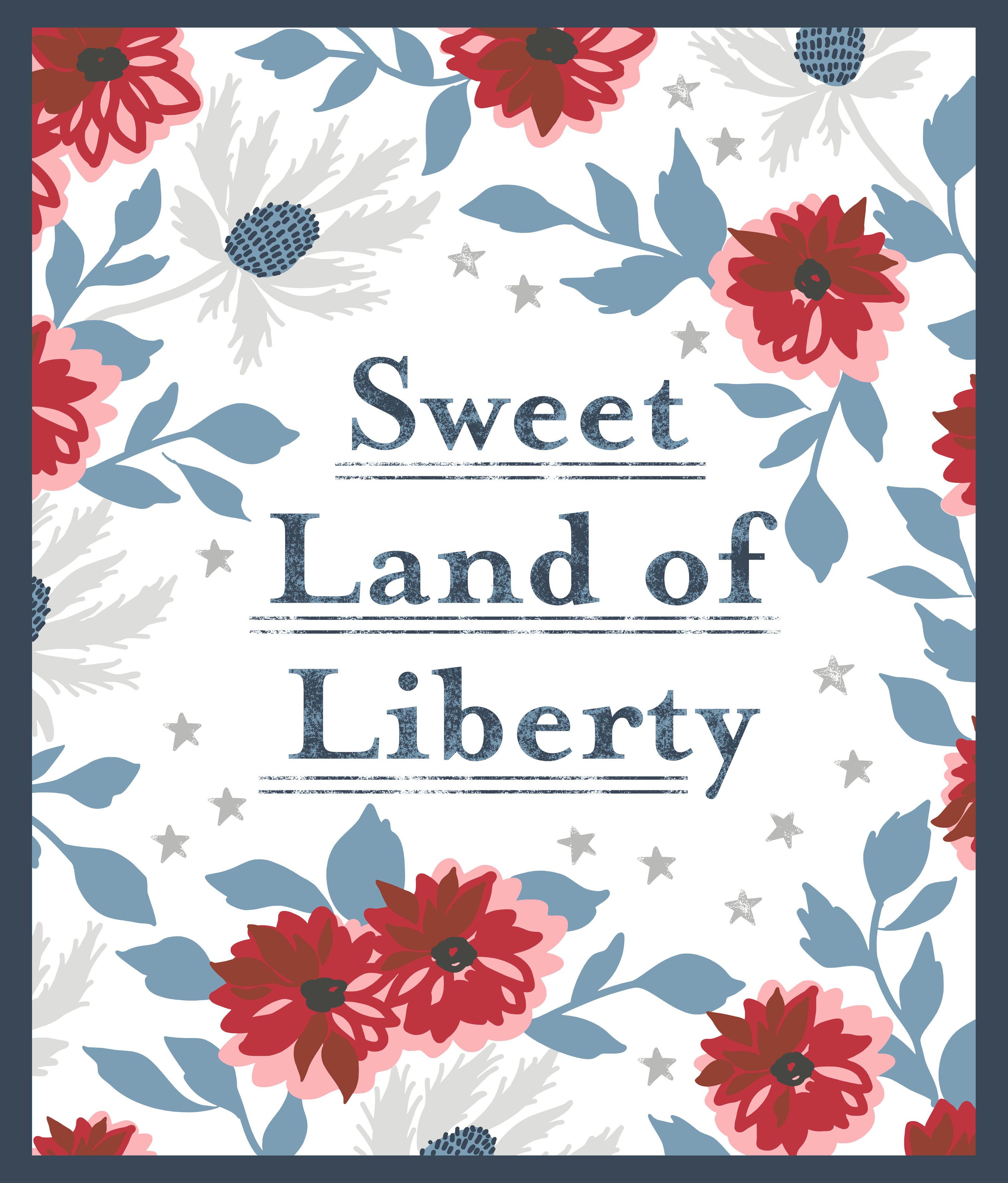

OLD GLORY
JELLY ROLL® 5200JR
LAYER CAKE® 5200LC
CHARM PACK 5200PP
SWEET LAND OF LIBERTY PANEL 36" X 44" 5207 11




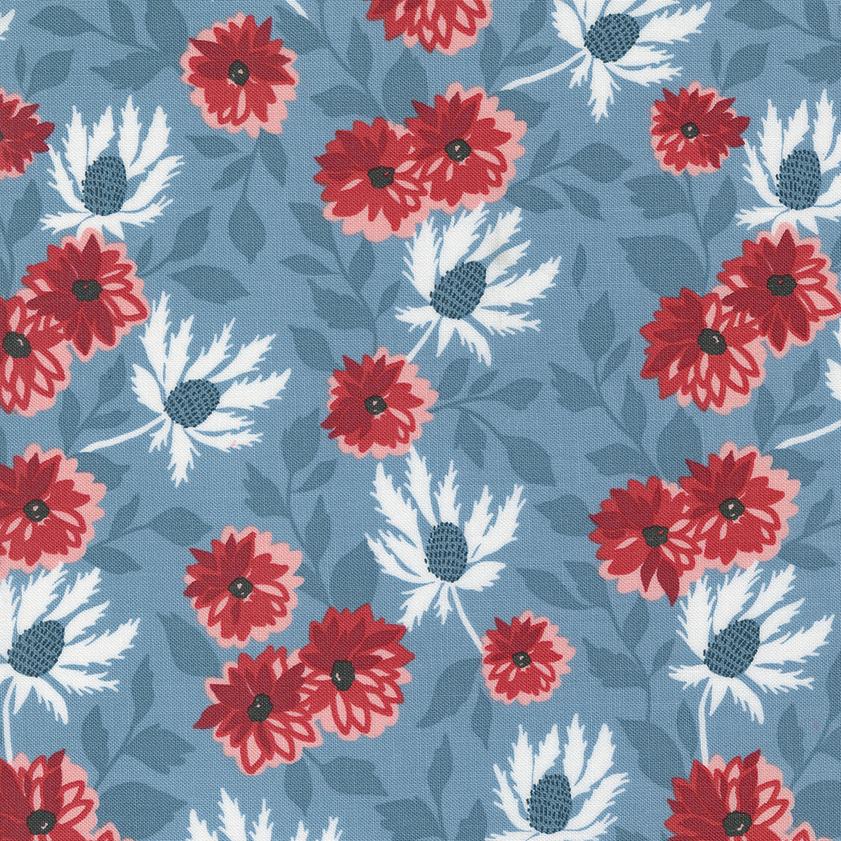
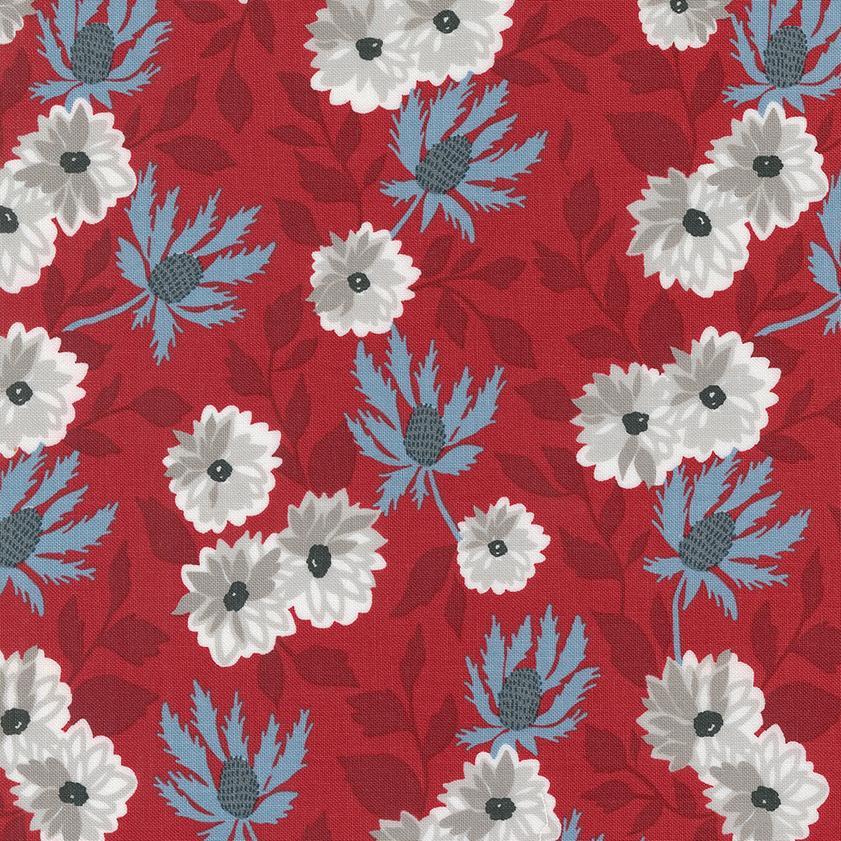


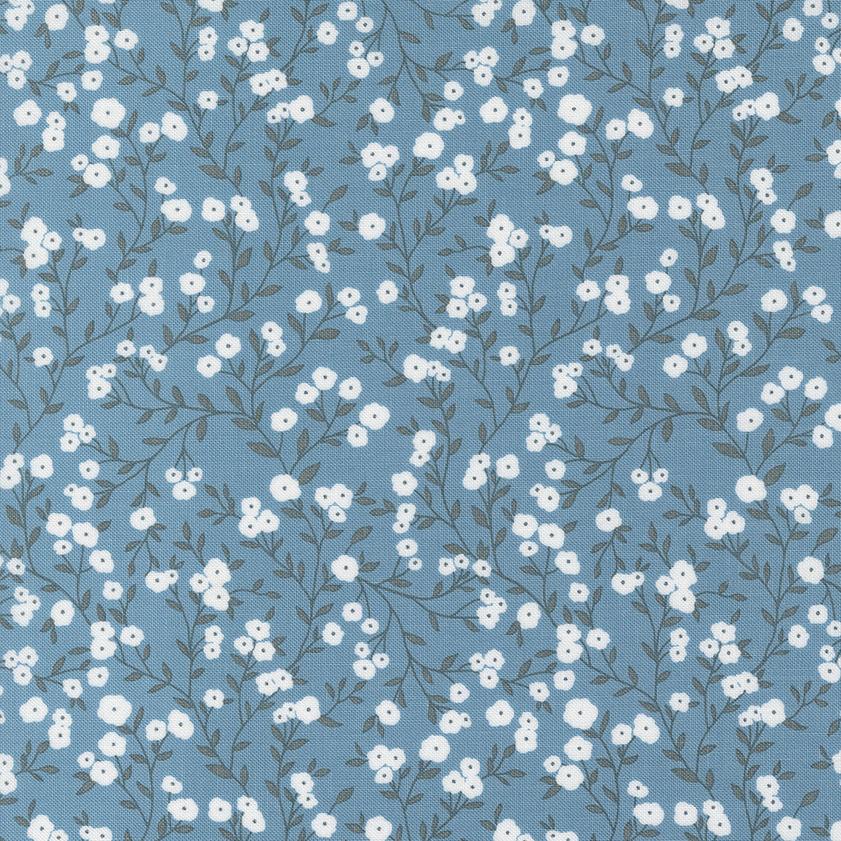

 SKY 5202 11
SILVER 5201 12
SKY 5200 13
RED 5201 15
CLOUD RED 5201 11
SILVER 5200 12
SKY 5201 13
RED 5200 15
SKY 5202 11
SILVER 5201 12
SKY 5200 13
RED 5201 15
CLOUD RED 5201 11
SILVER 5200 12
SKY 5201 13
RED 5200 15
OLD GLORY 21
CLOUD 5200 11









 RED 5204 15
CLOUD RED 5204 11
SILVER 5203 12
SKY 5204 13
RED 5203 15
RED 5202 15
SILVER 5204 12
SKY 5203 13
RED 5204 15
CLOUD RED 5204 11
SILVER 5203 12
SKY 5204 13
RED 5203 15
RED 5202 15
SILVER 5204 12
SKY 5203 13
OLD GLORY 22
SILVER 5202 12









 RED 5206 15
CLOUD 5206 11
RED 5205 11
SKY 5206 13
SKY 5205
RED 5206 15
CLOUD 5206 11
RED 5205 11
SKY 5206 13
SKY 5205
13
CLOUD SKY 5204 22
SILVER 5206 12
SILVER 5205 12
OLD GLORY 23
CLOUD WHITE 5204 21

QUILT TO HEAL
HOW QUILTING CAN IMPACT MENTAL AND PHYSICAL HEALING
by: Steve Baker, SewEndipitous
Quilting, a centuries-old craft, has long been celebrated for its aesthetic and cultural value However, recent studies suggest that the benefits of quilting extend far beyond creating beautiful patterns and preserving traditions
Here, we'll delve into the therapeutic potential of quilting, exploring how this seemingly simple activity can contribute significantly to mental and physical well-being From enhancing fine motor skills and cognitive abilities to fostering a sense of community and reducing stress, quilting emerges as a powerful tool for healing. Join me as we unravel the threads of this fascinating topic to create a comprehensive picture of the healing power of quilting.
24 ARTICLE
A BRIEF OVERVIEW OF QUILTING
Quilting, a time-honored tradition that dates back centuries, is more than just a craft or a hobby It is an art form that involves stitching together different pieces of fabric to create a larger, cohesive design, often in the form of a blanket or wall hanging
Originating from necessity as a means to provide warmth, quilting has evolved, taking on cultural significance and becoming a form of personal expression In various cultures, quilts have been used to tell stories, commemorate significant life events, and even as a form of protest Today, quilting is enjoyed by millions around the world, not just for its practical uses but also for the sense of community it fosters, the creativity it allows, and the satisfaction of creating something beautiful and functional from scratch.
However, beyond these aspects, recent studies have begun to shed light on the potential mental and physical health benefits of quilting.
QUILTING AS A THERAPEUTIC ACTIVITY
Beyond its practical and aesthetic purposes, quilting has recently been recognized for its therapeutic potential. The repetitive and creative nature of quilting can serve as a form of mindfulness, helping individuals to focus on the present moment and divert their attention away from stressors. Moreover, the sense of accomplishment upon completing a quilt can boost self-esteem and contribute to mental well-being. Regarding physical healing, the fine motor skills required in quilting can help maintain hand-eye coordination and dexterity, which is particularly beneficial for aging populations.
HISTORY OF QUILTING
The earliest known quilted garment is depicted on a carved ivory figure of a Pharaoh dating from the ancient Egyptian First Dynasty around 3400 BC. However, the art of quilting as we know it today, with its characteristic stitching of three layers of fabric together, is believed to have originated in Asia and the Middle East around the first millennium BC
The craft then spread to Europe during the Crusades in the 11th century, where it was initially used to create padded armor Over time, quilting evolved into a domestic art and craft, with patterns and techniques reflecting the time's cultural, social, and historical contexts Each quilt tells a unique story, from the elaborate, symbolic quilts of the Victorian era to the utilitarian quilts of the American frontier
In the 20th century, quilting experienced a resurgence in popularity, with new techniques, materials, and designs reflecting contemporary themes and issues Quilting continues to evolve today, with quilters exploring new forms and expressions of this timeless craft worldwide
HISTORICAL INSTANCES OF QUILTING USED FOR HEALING PURPOSES
Throughout history, quilting has been used as therapy and healing In the 19th century, quilting was often used as a social activity that allowed women to come together and share their experiences, providing emotional support and a sense of community
25 QUILT TO HEAL: HOW QUILTING CAN IMPACT MENTAL AND PHYSICAL HEALING
During the American Civil War, women from both the North and South would gather to create quilts for soldiers This provided physical comfort to the soldiers and served as a therapeutic outlet for the women, allowing them to contribute to the war effort and express their fear and hope.
Recently, quilting has been used in hospitals and rehabilitation centers as a form of occupational therapy. The repetitive nature of the stitching can help improve fine motor skills. At the same time, the creative aspect of choosing colors and patterns can provide a sense of accomplishment and purpose.
Furthermore, quilting has been used in therapy for individuals dealing with trauma or grief. A quilt can provide a tangible way to process emotions and memorialize a lost loved one.
These historical instances highlight the profound impact quilting can have on mental and physical healing, demonstrating its therapeutic potential
QUILTING AND MENTAL HEALTH
Quilting has been found to have significant therapeutic benefits, particularly in reducing stress and anxiety The repetitive and rhythmic nature of quilting can induce a state of flow In this psychological state, one is wholly absorbed in an activity, leading to a sense of serenity and peace This flow state can help distract the mind from stressful thoughts and promote relaxation
Moreover, choosing colors, patterns, and textures for a quilt can stimulate the brain and encourage positive emotions The tactile sensation of handling fabric and thread can also provide a soothing sensory experience
Additionally, quilting often involves problem-solving and decision-making skills, which can provide a sense of achievement and boost self-esteem when a project is completed This sense of accomplishment can help combat feelings of anxiety and promote mental well-being
Quilting can foster community in groups, providing social support and reducing feelings of loneliness and isolation, often associated with stress and anxiety.
The multifaceted nature of quilting, encompassing creativity, problem-solving, tactile stimulation, and social interaction, can be a powerful tool for mental health.
As a complex and intricate craft, quilting requires high concentration and cognitive engagement. Selecting patterns, cutting fabric, and stitching pieces together can significantly enhance one's focus and attention to detail. This mental exercise not only helps in improving concentration but also stimulates various cognitive abilities.
As briefly mentioned, the state of flow one can achieve with quilting has been linked to improved cognitive function, including memory and problem-solving skills
Moreover, the creative aspect of quilting stimulates the right hemisphere of the brain, which is associated with creativity, imagination, and intuition This stimulation can lead to improved spatial skills as well
QUILTING AND PHYSICAL HEALTH
One of the critical physical benefits of quilting is the enhancement of fine motor skills The intricate process of cutting, piecing, and sewing small fabric pieces requires precision and control, which, over time, can significantly improve the dexterity and strength of the hands and fingers
26 QUILT TO HEAL: HOW QUILTING CAN IMPACT MENTAL AND PHYSICAL HEALING
Quilting is also an excellent activity for improving hand-eye coordination The coordination between the eyes and hands is crucial in quilting as it involves a lot of detailed work. Each step requires high synchronization between visual and motor skills, from threading a needle to aligning patterns and stitching pieces. This constant practice can improve hand-eye coordination, which is beneficial in quilting and other daily activities.
Furthermore, the repetitive motions involved in quilting, such as cutting fabric and hand stitching, can also contribute to maintaining joint flexibility, particularly in the hands and fingers. This can be especially beneficial for individuals who have arthritis or other conditions that affect joint mobility.
When quilting, the quilter is often seated in an upright position, which can help to improve posture over time if done correctly This is particularly beneficial for individuals who spend a lot of time sitting or have jobs requiring them to be in front of a computer for extended periods
Moreover, the repetitive motions involved in quilting can help strengthen the muscles in the hands, arms, and shoulders, reducing the risk of conditions such as carpal tunnel syndrome and arthritis The gentle, rhythmic movements can also help to increase flexibility and reduce stiffness in the joints
Furthermore, the focus required to create intricate quilt patterns can help to distract from physical discomfort, making quilting a therapeutic activity for those suffering from chronic pain conditions The sense of accomplishment that comes from creating a beautiful quilt can also boost self-esteem and overall well-being, further contributing to physical health
However, it's important to note that while quilting can contribute to physical health, taking regular breaks and ensuring that your quilting area is set up to support good posture is essential. This includes using an ergonomic chair that supports your back, keeping your quilting materials within easy reach, and ensuring you have good lighting to prevent eye strain.
Whether you're a seasoned quilter or a beginner, the physical benefits of this craft can be a valuable addition to a holistic approach to health.
THE SOCIAL ASPECT OF QUILTING
Traditionally, quilting has been a communal activity, often bringing together individuals of different ages, backgrounds, and experiences. This social aspect of quilting has profound implications for social health, contributing to a sense of belonging, community, and shared purpose.
The act of quilting in a group setting, such as a quilting bee or club, fosters social interaction and connection. It provides a platform for individuals to share stories, experiences, and skills, promoting a sense of community and camaraderie This social interaction can be particularly beneficial for individuals who may feel isolated or lonely, such as older adults or those living in rural areas
Moreover, the collaborative nature of quilting can enhance interpersonal skills, such as communication, cooperation, and problem-solving These skills are crucial for the quilting process and translate into other areas of life, improving overall social functioning The shared goal of creating a quilt can instill a sense of shared purpose and achievement This can boost self-esteem and contribute to a positive self-image
27 QUILT TO HEAL: HOW QUILTING CAN IMPACT MENTAL AND PHYSICAL HEALING
Creating a quilt can be a deeply personal and emotional journey, often reflecting the quilter's life experiences, beliefs, and values. Sharing these stories within a quilting group can lead to a deeper understanding and acceptance of each other, strengthening the bonds between members. This sense of connection and belonging can significantly contribute to an individual's social health, reducing loneliness and isolation.
Also, giving and receiving quilts can also play a role in relationship building. Quilts are often gifted to mark significant life events, such as births, marriages, or illnesses, symbolizing the giver's care and concern. Receiving a quilt can create a sense of being loved and valued, further enhancing social health.
In conclusion, quilting can build relationships and foster a sense of belonging, improving social health. Whether through the shared experience of creating, the exchange of stories, or the act of giving and receiving, quilting creates opportunities for meaningful social interaction and connection
THERAPEUTIC QUILTING PROGRAMS
Therapeutic quilting programs have gained recognition recently for their potential to promote mental, physical, and social healing These programs utilize the art of quilting as a form of therapy, providing participants with a creative outlet that can help reduce stress, improve mood, and enhance overall well-being
One such program is the Quilts of Valor Foundation, which encourages civilians wanting to show their appreciation for veterans and/or service members touched by war to participate in quilting Creating a quilt provides a therapeutic experience, allowing participants to express their emotions and experiences in a tangible form The finished quilts are then awarded to veterans and service members, providing them with a symbol of comfort and healing
Another notable program is the Alzheimer's Art Quilt Initiative, which uses quilting as art therapy for individuals with Alzheimer's disease Quilting can stimulate cognitive function and provide a sense of accomplishment and purpose
Therapeutic quilting programs are implemented in hospitals and healthcare facilities as part of occupational therapy. Patients recovering from surgeries or chronic illnesses are encouraged to quilt to improve their fine motor skills and hand-eye coordination while also distracting them from their ailments.
QUILTING THERAPY FOR GRIEF AND TRAUMA
Quilting has been recognized as a powerful tool in trauma and grief therapy. Creating a quilt can provide a therapeutic outlet for individuals dealing with emotional pain and loss. The repetitive nature of quilting can be calming, providing a sense of control in times of chaos.
Grief therapy groups often incorporate quilting into their programs. Creating a quilt in memory of a loved one can be a cathartic process, allowing individuals to express their grief and remember their loved ones in a tangible way. The quilt serves as a lasting memorial, providing comfort and a sense of connection to the deceased.
QUILTING IN ART THERAPY
Art therapy is a form of expressive therapy that uses the creative process of making art to improve a person's physical, mental, and emotional well-being. Quilting, as a form of art, has been incorporated into art therapy programs due to its therapeutic benefits
28 QUILT TO HEAL: HOW QUILTING CAN IMPACT MENTAL AND PHYSICAL HEALING
Quilting in art therapy provides a non-verbal medium through which individuals can express their emotions and experiences The process of selecting colors, patterns, and textures and sewing pieces together can be a metaphorical expression of piecing one's life back together or creating a new narrative
Moreover, quilting can be meditative, allowing individuals to focus on the task and divert their attention from distressing thoughts or memories. This can be particularly beneficial for individuals dealing with trauma, anxiety, or depression.
Art therapists have also found that the tactile nature of quilting can be soothing for individuals with sensory processing issues. Touching and manipulating fabric can provide a calming and grounding experience.
Furthermore, the finished quilt can serve as a tangible reminder of the individual's journey through therapy, symbolizing resilience, healing, and personal growth. It can also provide a sense of accomplishment and boost selfesteem
However, it's important to note that while quilting can be a beneficial tool in art therapy and other therapies, it should be facilitated by a trained therapist to ensure that it is used in a way that is safe and beneficial for the individual
These are just a few examples of today's therapeutic quilting programs Each program underscores the potential of quilting as a form of therapy, offering a unique blend of creativity, community, and healing
WHY READERS SHOULD CONSIDER QUILTING AS A THERAPEUTIC HOBBY
Quilting is not just a hobby; it's a form of therapy that can provide numerous mental and physical health benefits It's a creative outlet that allows individuals to express themselves, reduce stress, and improve their cognitive abilities The repetitive and rhythmic nature of quilting can induce a state of flow, similar to meditation, which can help reduce anxiety and promote a sense of calm
Moreover, quilting can also serve as a physical therapy The fine motor skills required in quilting can improve handeye coordination and dexterity It can also help maintain and improve joint flexibility, particularly for individuals with arthritis or other joint issues.
Quilting also provides a sense of accomplishment and purpose. Completing a quilt can boost self-esteem and confidence, improving overall mental well-being. Furthermore, quilting can be a social activity, providing opportunities to build relationships and foster a sense of belonging.
In conclusion, quilting is a therapeutic hobby that can contribute to both mental and physical healing. Whether looking for a creative outlet, reducing stress, or connecting with others, quilting can offer these benefits and more. All while creating something beautiful, practical, and meaningful.
29 QUILT TO HEAL: HOW QUILTING CAN IMPACT MENTAL AND PHYSICAL HEALING
Quilting Is My Voice
Quilting Is My Voice is based on the designer’s journey with Spasmodic Dysphonia for which he is donating 10% of all fabric and pattern sales to the Dysphonia International to support research into treatment and cures. The fabrics are based on a combination of “mid century modern” motifs and Frank Lloyd Wright “Arts & Crafts” area colorings. To learn more about Scott’s journey and Spasmodic Dysphonia visit: https://dysphonia.org/quilting-is-myvoice/



Manufacturer: Northcott Fabrics
Description: 100% Cotton
Type: 44"- 45" Wide
Designer: Scott Flanagan
Group Name: Quilting Is My Voice
Theme: Geometrics



QUILTING IS MY VOICE
DOVE 83141-91
DOVE 83143-91
DARK GREEN 83142-79
SMOKE 83140-92




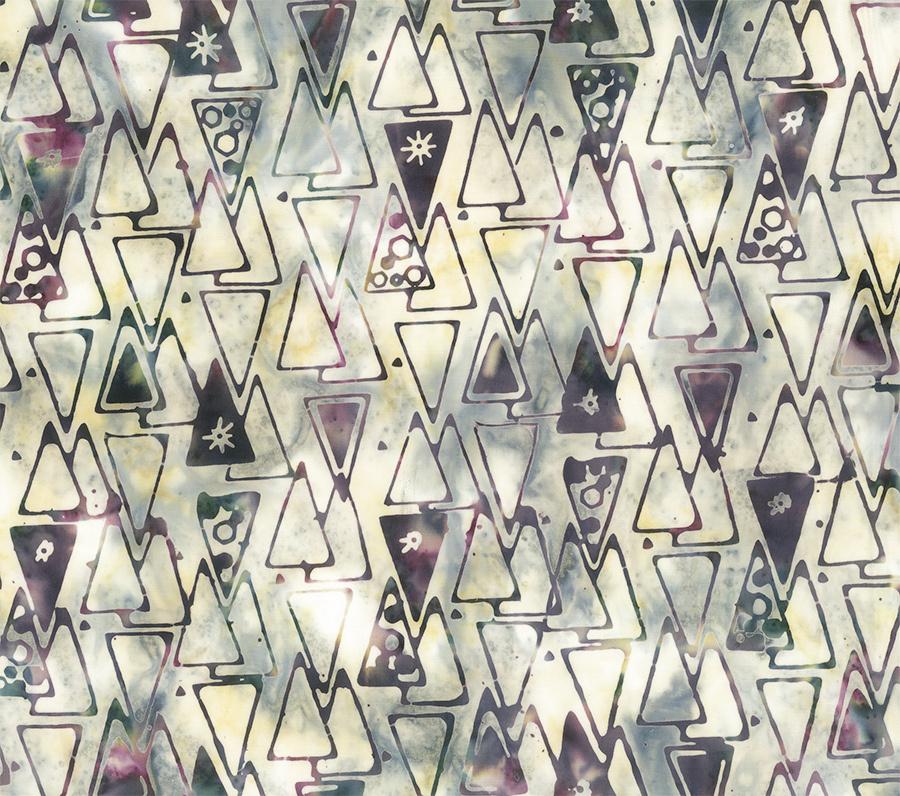



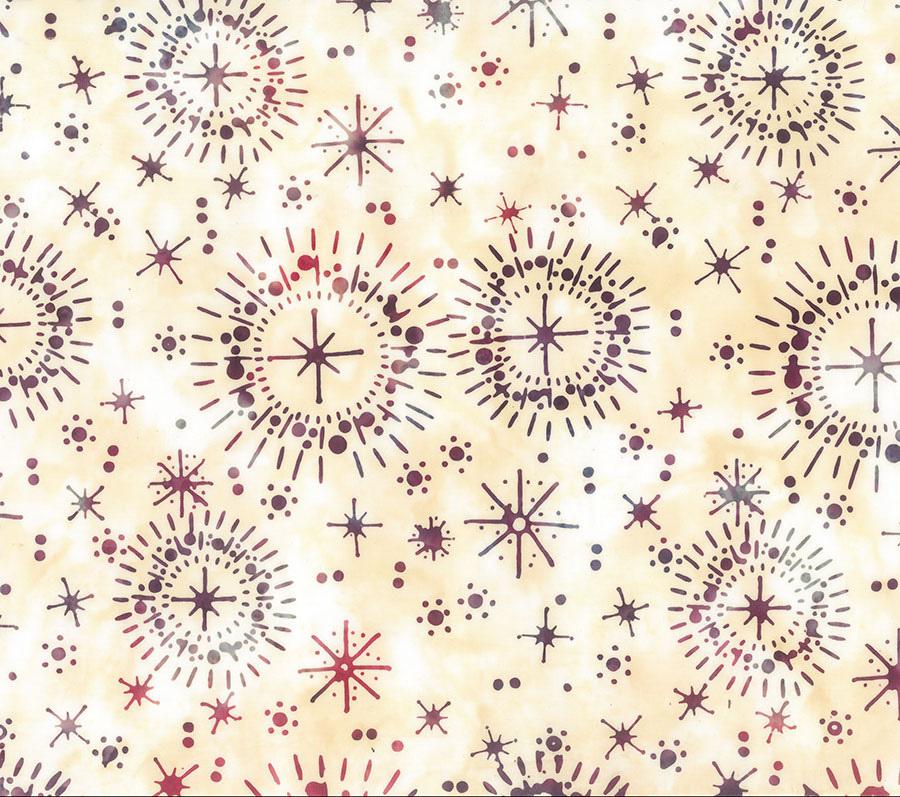
 FOREST GREEN 83145-78
CREME 83143-14
IVORY 83145-12
ARTICHOKE 83142-77
VANILLA 83140-11
SLATE 83144-90
CREME 83141-14
ARTICHOKE 83145-77
FOREST GREEN 83145-78
CREME 83143-14
IVORY 83145-12
ARTICHOKE 83142-77
VANILLA 83140-11
SLATE 83144-90
CREME 83141-14
ARTICHOKE 83145-77
QU E 31
ARTICHOKE 83143-77









CHANGES IN SEASON IIQUILT PATTERN PTNB0393
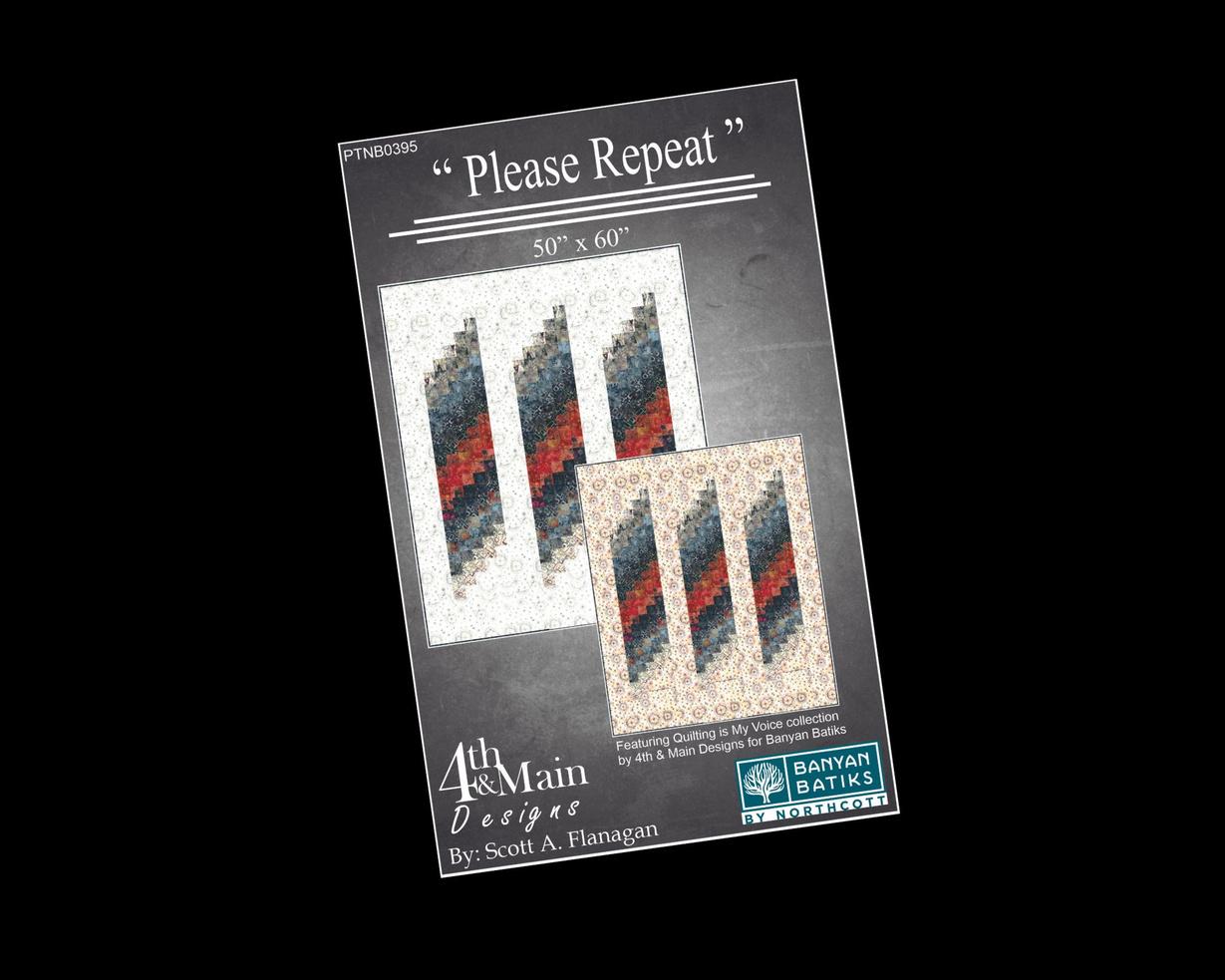
PLEASE REPEAT - QUILT PATTERN PTNB0395
BURNT RUSSET 83140-37
ARTICHOKE 83140-77
EBONY 83145-97
REDWOOD 83143-380
STRIP ROLL SQUILT20-10
CHARCOAL 83141-94
QU E 32
BURNT RUSSET 83145-37

CHANGES IN SEASONS II
QUILT KIT - KT-CISII:
Featuring Quilting is My Voice Fabric Collection by 4th & Main Designs for Banyan Batiks by Northcott Fabrics
Blessed by Nature
Filled with colorful botanicals, birds and complimentary foliage, stripes and gingham patterns, this fabric collection by Lisa Audit is all about celebrating the beauty in nature.
Manufact: Wilmington Prints
Description: 100% Cotton
Type: 44"- 45" Wide
Designer: Lisa Audit

Group Name: Blessed by Nature
Theme: Floral





 LARGE ALL OVER BLUE 3041 17811 427
MEDIUM FLORALS GREEN 3041 17810 773
MEDIUM FLORALS CREAM 3041 17810 273
PACKED FLORALS MULTI 3041 17809 287
LARGE ALL OVER CREAM 3041 17811 227
LARGE ALL OVER BLUE 3041 17811 427
MEDIUM FLORALS GREEN 3041 17810 773
MEDIUM FLORALS CREAM 3041 17810 273
PACKED FLORALS MULTI 3041 17809 287
LARGE ALL OVER CREAM 3041 17811 227
BLESSED BY NATURE
MEDIUM FLORALS PEACH 3041 17810 873




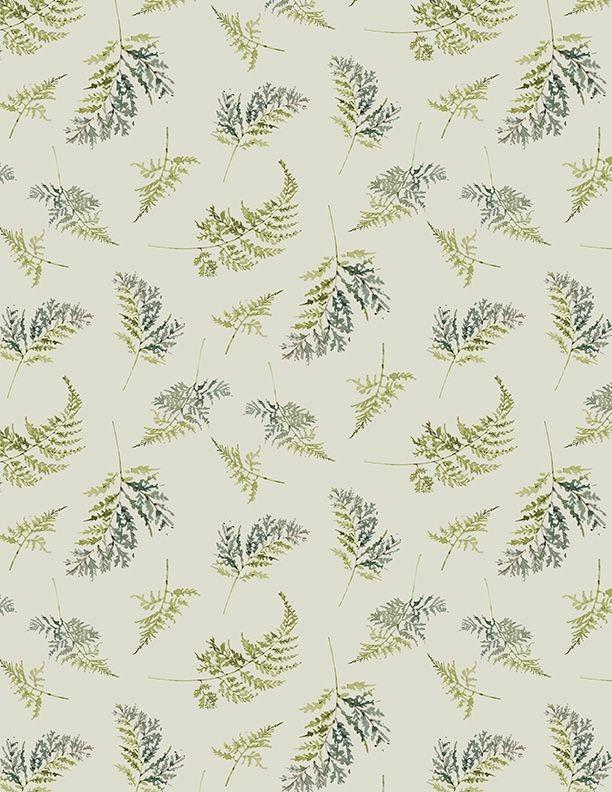




 DIAGONAL STRIPE MULTI 3041 17815 247
LEAF TOSS BLUE 3041 17814 440
GINGHAM BLUE 3041 17813 404
DIAGONAL STRIPE CREAM/PEACH 3041 17815 223
GINGHAM PEACH 3041 17813 808
FERN TOSS GREEN 3041 17812 777
LEAF TOSS GREEN 3041 17814 770
GINGHAM GREEN 3041 17813 707
DIAGONAL STRIPE MULTI 3041 17815 247
LEAF TOSS BLUE 3041 17814 440
GINGHAM BLUE 3041 17813 404
DIAGONAL STRIPE CREAM/PEACH 3041 17815 223
GINGHAM PEACH 3041 17813 808
FERN TOSS GREEN 3041 17812 777
LEAF TOSS GREEN 3041 17814 770
GINGHAM GREEN 3041 17813 707
B E 35
FERN TOSS BLUE 3041 17812 477

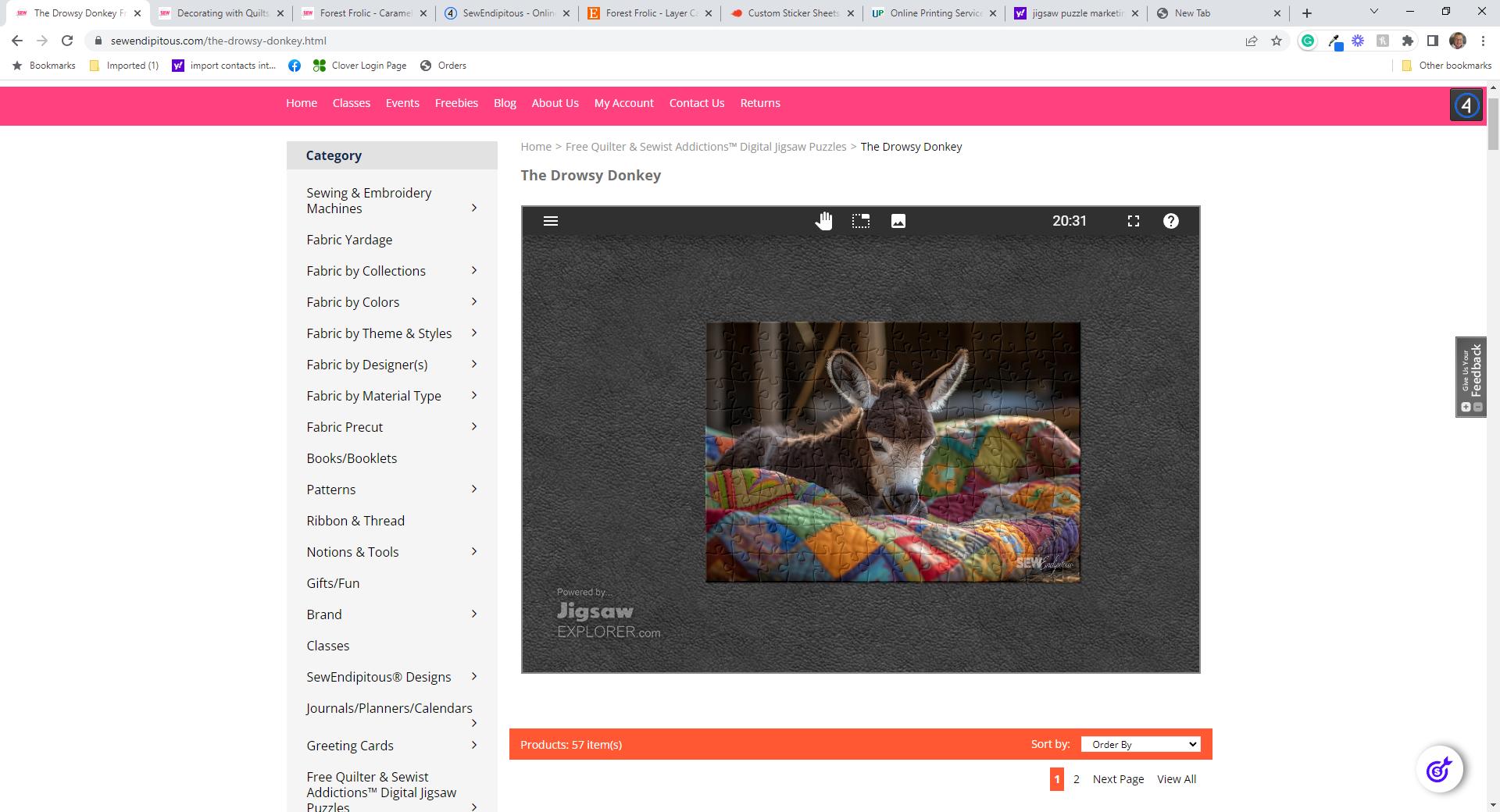

FREE D i g i t a l A r t C r e a t i o n s b y S t e v e B a k e r S e w E n d i p i t o u s ® D e s i g n s 5 NEW PUZZLES WEEKLY | 150+ PUZZLES FREE QUILTER & SEWIST ADDICTIONS™ DIGITAL JIGSAW PUZZLES A NEW QUILTING INSPIRED DAILY JIGSAW PUZZLE F R E Springtime Morning



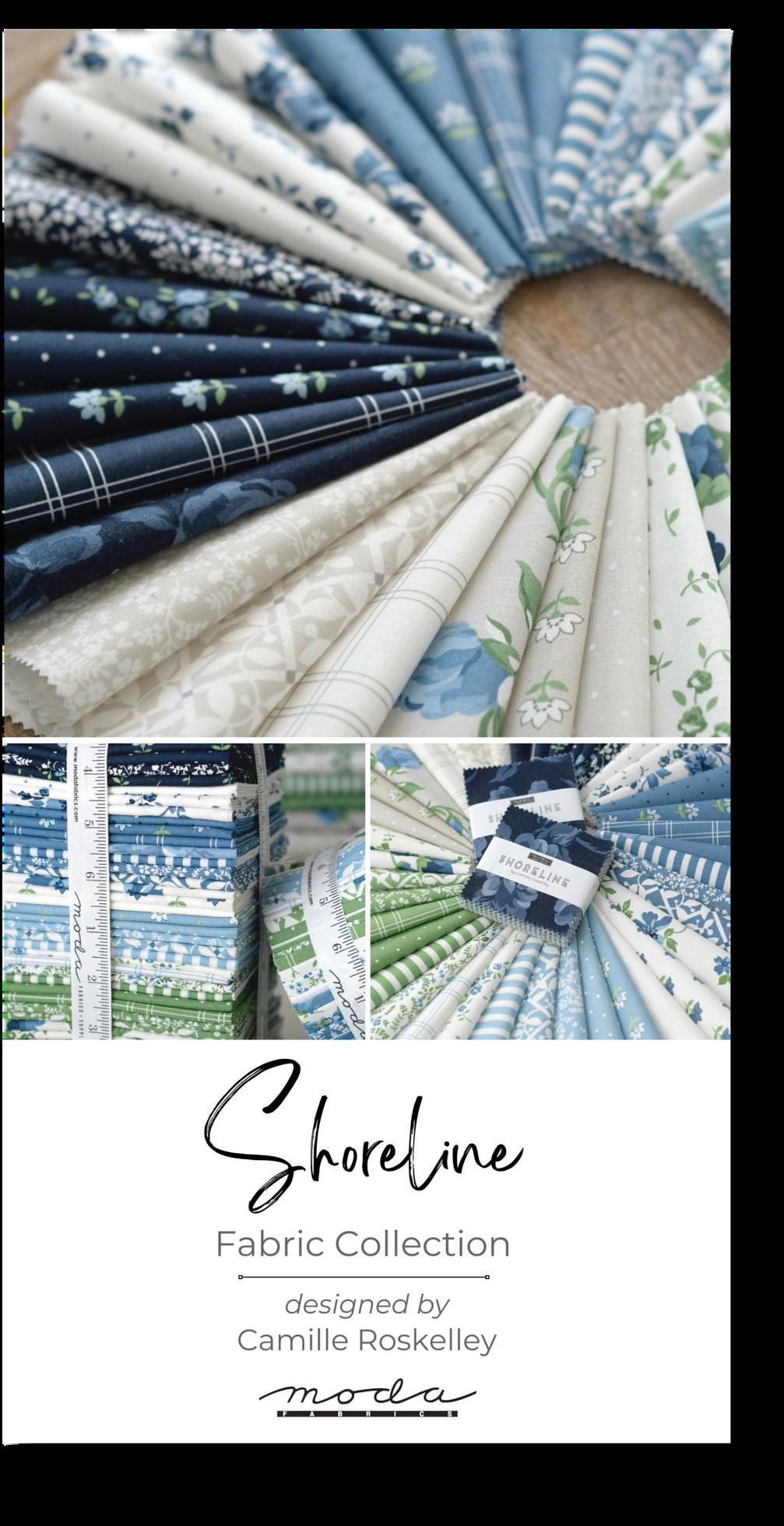
COMING SOON 37

Etchings - Layer Cake® 44330LC


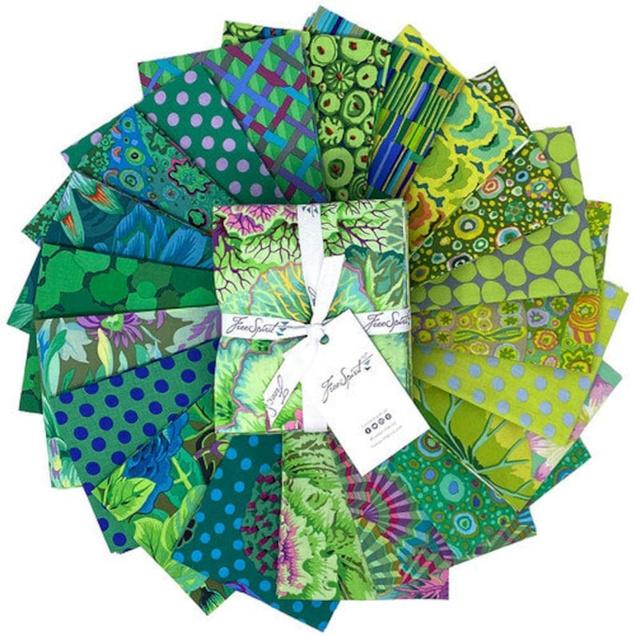

Etchings - Charm Pack

-



Dinahs DelightCharm Pack


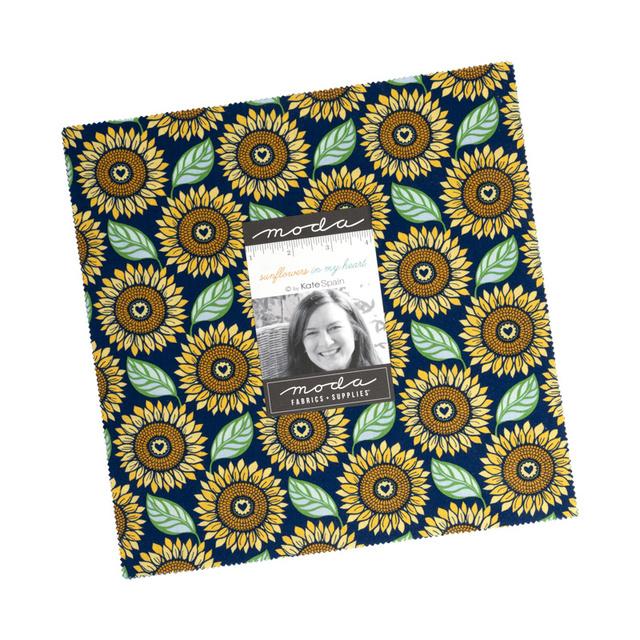

In



FB4FQGP.MEADOW
FB4FQGP.LAKE
Dinahs DelightJelly Roll® 31670JR
On The Bright Side - Charm Pack 22460PP
Kaffe Fassett Collective 20pc Fat Quarter Bundle
Old Glory
Jelly Roll® 5200JR
44330PP
On The Bright Side - Jelly Roll® 22460JR
Kaffe Fassett Collective 20pc Fat Quarter Bundle
Old Glory - Charm Pack 5200PP
Dinahs DelightLayer Cake® 31670LC
Sunflowers
My Heart - Layer Cake® 27320LC
Tula Pink - Fruity Fat Quarter Bundle FB6FQTP FRUITY
Old Glory - Layer Cake® 5200LC
31670PP
Chelsea GardenLayer Cake® 33740LC
NT PRECUTS 38
Tula PinkSpearmint Fat Quarter Bundle
FB6FQTP.SPEARMI

A GUIDE TO OVERCOMING PERFECTIONISM IN QUILTING
IMPERFECTIONS MAKE THE HANDMADE PERFECT
by: Steve Baker, SewEndipitous
Quilting is a beautiful art form that allows us to express our creativity and create stunning pieces of fabric art However, perfectionism can often hinder our progress and enjoyment in this craft
39 ARTICLE
Here, we will explore techniques and mindset shifts that can help you overcome perfectionism and embrace the beauty of imperfections in quilting.
.01
RECOGNIZE THE ROOT OF PERFECTIONISM
Understanding the underlying causes of perfectionism is crucial to overcoming it. Perfectionism often stems from fear of failure, self-doubt, or the desire for external validation We don't like to admit those things but there they are! By acknowledging these emotions and recognizing that they are normal, you can shift your mindset towards a more positive and accepting approach
.02
SET REALISTIC GOALS
Setting realistic goals is essential in combating perfectionism
Break down your quilting projects into smaller, manageable tasks, and set achievable milestones If your goals exceed your current skillset, acknowledge that as well. Don't set yourself up for failure in the beginning This will help you focus on progress rather than perfection Celebrate each milestone reached, no matter how small, and acknowledge the effort you put into it
.03
EMBRACE MISTAKES AS LEARNING OPPORTUNITIES
Mistakes are an inevitable part of any creative process, including quilting Instead of viewing mistakes as failures, reframe them as valuable learning opportunities Analyze what went wrong, identify areas for improvement, and use these insights to grow as a quilter. Remember, even the most experienced quilters make mistakes! They are the natural by-products of mastering any skill Mistakes are born in action, and only inaction can stop mistakes from ever happening So realize what mistakes are instead of resisting them It's better to do something with mistakes than never doing anything at all
.04
PRACTICE MINDFULNESS
Incorporating mindfulness techniques into your quilting practice can help you stay present and focused on the process rather than obsessing over the outcome Take deep breaths, observe the texture and colors of the fabric, and immerse yourself in the joy of quilting. Mindfulness can help quiet the inner critic and allow you to enjoy the journey. This isn't a passive process but done with intention Your mind will wonder and you'll find yourself battling (and yes, it is a battle) that unproductive self-talk You are trying to break old, ingrained negative thinking and that requires effort as you establish a new mindset
.05
SEEK SUPPORT AND COMMUNITY
Connecting with fellow quilters who understand your struggles can be immensely helpful in overcoming perfectionism Join quilting groups, attend workshops and classes, or participate in online forums to share your experiences and learn from others Surrounding yourself with a supportive community can provide encouragement, inspiration, and a fresh perspective on quilting.
.06
EMBRACE IMPERFECTIONS
Quilting is an art form that celebrates individuality and uniqueness. Embrace the imperfections in your work as part of its charm and character Remember that quilts with minor flaws will still be stunning and cherished Allow yourself to let go of unrealistic expectations and enjoy the process of creating something beautiful Or put another way, you can buy a "perfect" quilt in the store, but where is the pleasure in that? Those "perfect" quilts might even be beautiful, but they have no real story, no real essence that comes from being made by hand. Truthfully, their perfection strips them of all personality and character
When you realize your perfectionism has become a lingering and ongoing limitation, lean on the earworm "Let it Go!" from the Disney® movie "Frozen " Sorry, now you'll never get that song out of your head Wanting to do your best is an admirable trait that can lead to outstanding work if it remains balanced with realistic expectations. Letting go of perfectionism can be quite freeing and open you up to levels of creativity and exploration of new techniques in ways you could never imagine.
Overcoming perfectionism in quilting is a journey that requires patience, self-compassion, and a shift in mindset. Allow yourself some grace in your human experience By recognizing the root causes of perfectionism, setting realistic goals, embracing mistakes, practicing mindfulness, seeking support, and embracing imperfections, you can free yourself from the constraints of perfection and truly enjoy the art of quilting Remember, the love and passion we put into our quilts, with all our imperfections, is what makes them truly unique and special
40 A GUIDE TO OVERCOMING PERFECTIONISM IN QUILTING

WhereUnexpectedHappinessIsFoundinEveryStitch!
About SewEndipitous®
MISSION
To provide the best products and services to our customers at the lowest prices possible We take great pride in our company, our commitment to customer service, and the products we sell Our Rock Hill SC shop and online store is designed to provide you with a safe and secure environment to browse our product catalog.
FOUNDER
Lisa Renee' Baker - SewEndiptious® is a way to pass on this multi-generational craft and to share my love of fabric, sewing, quilting, etc., with other like-hearted friends unknown - my SewEndipitous Sisters (and Brothers)
CREATOR & EDITOR
Steve
(803) 366-1100
1093A
Copyright
CATALOG/LOOKBOOK
CURATED
Baker Director of Marketing SHOP INFORMATION
Albright Road, Rock Hill SC 29730 www.SewEndipitous.com
2024 SewEndipitous All Rights
Reserved














































 PEARL FADED RED 13950 11
PEARL 13952 11
PEARL FRENCH BLUE 13954 12
CIEL BLUE 13950 14
SMOKE 13952 12
SMOKE 13954 13
FADED RED 13950 16
CIEL BLUE 13952 13
PEARL ROCHE 13954 18
PEARL ROCHE 13950 18
FRENCH BLUE 13952 14
PEARL FADED RED 13950 11
PEARL 13952 11
PEARL FRENCH BLUE 13954 12
CIEL BLUE 13950 14
SMOKE 13952 12
SMOKE 13954 13
FADED RED 13950 16
CIEL BLUE 13952 13
PEARL ROCHE 13954 18
PEARL ROCHE 13950 18
FRENCH BLUE 13952 14











 PEARL 13955 11
FADED RED 13956 17
PEARL ROCHE 13957 18
PEARL FRENCH BLUE 13955 12
PEARL ROCHE 13956 19
44" X 36" PANEL CIEL BLUE 13958 13
SMOKE 13955 13
PEARL FADED RED 13957 11
44" X 36" PANEL FADED RED 13958 15
FRENCH BLUE 13956 15
PEARL FRENCH BLUE 13957 12
PEARL 13955 11
FADED RED 13956 17
PEARL ROCHE 13957 18
PEARL FRENCH BLUE 13955 12
PEARL ROCHE 13956 19
44" X 36" PANEL CIEL BLUE 13958 13
SMOKE 13955 13
PEARL FADED RED 13957 11
44" X 36" PANEL FADED RED 13958 15
FRENCH BLUE 13956 15
PEARL FRENCH BLUE 13957 12























 SKY 5202 11
SILVER 5201 12
SKY 5200 13
RED 5201 15
CLOUD RED 5201 11
SILVER 5200 12
SKY 5201 13
RED 5200 15
SKY 5202 11
SILVER 5201 12
SKY 5200 13
RED 5201 15
CLOUD RED 5201 11
SILVER 5200 12
SKY 5201 13
RED 5200 15








 RED 5204 15
CLOUD RED 5204 11
SILVER 5203 12
SKY 5204 13
RED 5203 15
RED 5202 15
SILVER 5204 12
SKY 5203 13
RED 5204 15
CLOUD RED 5204 11
SILVER 5203 12
SKY 5204 13
RED 5203 15
RED 5202 15
SILVER 5204 12
SKY 5203 13








 RED 5206 15
CLOUD 5206 11
RED 5205 11
SKY 5206 13
SKY 5205
RED 5206 15
CLOUD 5206 11
RED 5205 11
SKY 5206 13
SKY 5205














 FOREST GREEN 83145-78
CREME 83143-14
IVORY 83145-12
ARTICHOKE 83142-77
VANILLA 83140-11
SLATE 83144-90
CREME 83141-14
ARTICHOKE 83145-77
FOREST GREEN 83145-78
CREME 83143-14
IVORY 83145-12
ARTICHOKE 83142-77
VANILLA 83140-11
SLATE 83144-90
CREME 83141-14
ARTICHOKE 83145-77
















 LARGE ALL OVER BLUE 3041 17811 427
MEDIUM FLORALS GREEN 3041 17810 773
MEDIUM FLORALS CREAM 3041 17810 273
PACKED FLORALS MULTI 3041 17809 287
LARGE ALL OVER CREAM 3041 17811 227
LARGE ALL OVER BLUE 3041 17811 427
MEDIUM FLORALS GREEN 3041 17810 773
MEDIUM FLORALS CREAM 3041 17810 273
PACKED FLORALS MULTI 3041 17809 287
LARGE ALL OVER CREAM 3041 17811 227








 DIAGONAL STRIPE MULTI 3041 17815 247
LEAF TOSS BLUE 3041 17814 440
GINGHAM BLUE 3041 17813 404
DIAGONAL STRIPE CREAM/PEACH 3041 17815 223
GINGHAM PEACH 3041 17813 808
FERN TOSS GREEN 3041 17812 777
LEAF TOSS GREEN 3041 17814 770
GINGHAM GREEN 3041 17813 707
DIAGONAL STRIPE MULTI 3041 17815 247
LEAF TOSS BLUE 3041 17814 440
GINGHAM BLUE 3041 17813 404
DIAGONAL STRIPE CREAM/PEACH 3041 17815 223
GINGHAM PEACH 3041 17813 808
FERN TOSS GREEN 3041 17812 777
LEAF TOSS GREEN 3041 17814 770
GINGHAM GREEN 3041 17813 707
























